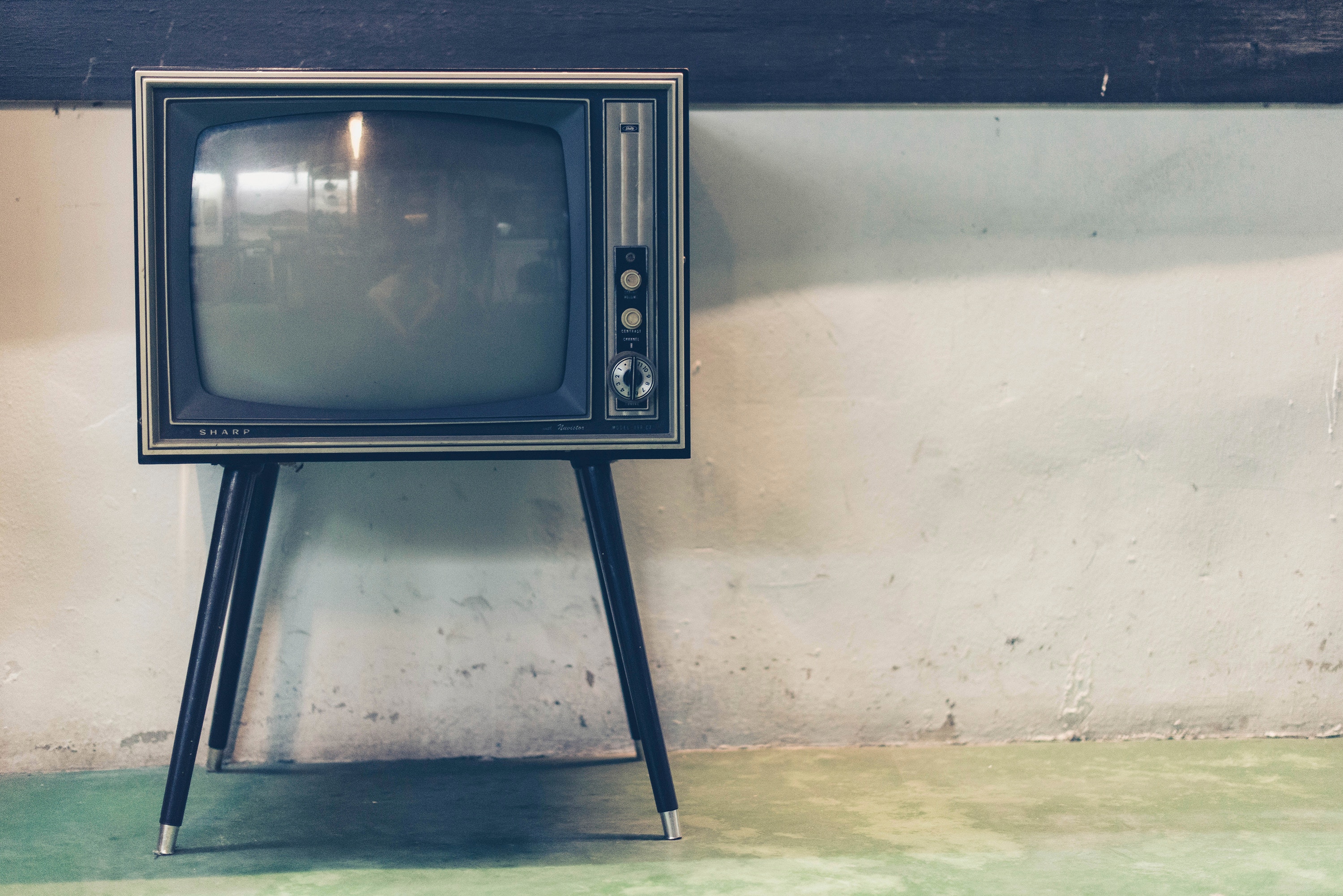
New DTH Rules from TRAI - Explained!
Television in India is a huge industry which has thousands of programs in many languages. The small screen has produced numerous celebrities. More than half of all Indian households own a television. As of 2018, the country has a collection of over 872 channels of which 332 are pay channels. Though consumption of video on digital platforms is on the rise in the country, good old television continues to score in terms of penetration and has large headroom left to fill. As per the latest Broadcast India survey by the joint industry body BARC India the country now has 197 million TV homes, up from 183 million in 2016. Here are the New DTH Rules - Explained!
TV Penetration
Interestingly, the five southern states — Andhra Pradesh, Telangana, Kerala, Karnataka, and Tamil Nadu — have more than 90% TV penetration. But states like Uttar Pradesh, Bihar, Rajasthan and a few North East Indian states have a much lower number of TV sets, pulling down national TV penetration level to 66%. But, it also means that 34% of households in India are yet to buy a TV set. And as such a huge amount of people are glued to their TV sets in the course of their day, there comes a time where things need to be regulated a bit.
How it all began :
The digitization of the television began when all the cable TV subscribers were forced to upgrade to cable boxes starting with metro cities. The likes of Tata Sky, Dish TV, VideoconD2H, etc were already using digital techniques to deliver content to their viewers. There are 3 entities involved in the process of digital cable. The broadcaster, the distributor and the consumer. The broadcasters are the people who create content like Sony, Star India, Turner, Zee Networks, etc. The distributor is the middlemen who provide all the infrastructure and the equipment to deliver cable content. At last, the consumer is the customer who consumes the product.
Mid Phase
Up until now, the middlemen had a lot of power to negotiate with the broadcasters and the consumers with regards to the pricing of the service. If the broadcaster doesn't come to an offer or settlement with the distributor, they risk losing a lot of viewership, on the other hand, the customer had to pay whatever packs or bouquets that were designed by the broadcaster. That is just simply too much power.
If we take a look at the Sony India and Tata Sky dispute that took place this year, the position of power was clearly evident. SPN was demanding 1700 crores from TataSky up over from 800 crores from the previous deal. As a result, Tata Sky dropped all Sony channels from its network and the consumers suffered but the biggest loss is to the broadcaster as well. No channels mean no viewership translation to lost advertising revenue and revenue from the broadcaster. That's like a double whammy. To add to all this mess, all the distributors had adopted the practice of bundling - mixing up of channels and making a pack.
A consumer eventually ended with up with 300-400 useless channels and only 50-80 channels he actually watches. Still, as the channels were getting delivered, they were getting impressions and as a result ad revenue. Also, there was a discrepancy in pricing. For EX - A big D2H operator would get that channel at ₹1 and an LCO would get it at ₹5.
The Solution from TRAI
The ingenious solution from TRAI gave more power to LCO's, consumers and broadcasters. The rules state that the broadcasters will decide the prices of the channels directly and consumers will pay for them. The network capacity fee was introduced, installation charges were capped and A-la-carte channels were encouraged. We'll take an in-depth look at this one-by-one.
A-la-carte - means paying for a single channel
Network Capacity Fee(NCF) - As transmission uses bandwidth, the customer has to pay for it. It is capped at ₹130 for the first 100 channels(SD) and ₹20 for every 25 channels(SD) thereafter. HD channel bandwidth is counted as twice of SD. First 50 HD channels for 130₹ and for every 12 more channels you would have to pay ₹20. Please note this is only for FTA channels. If the channel is a pay channel you would have to shell out extra.
So the calculation is as follows:- ₹130 + Channel cost(if any) + NCF(if any) + 18% GST = Final Cable Bill Installation charges - capped at ₹500 BST - Basic Service Tier which offers 100 FTA(Free-to-Air) channels decided by the distributor.
You can also opt not to get the FTA channels and directly go for pay channels or other channels of your choice. Whatever you decide, the first 100(SD) and 50(HD) channels will cost you ₹130 NCF. We have attached some screenshots below so that you get an idea of how the structure works.
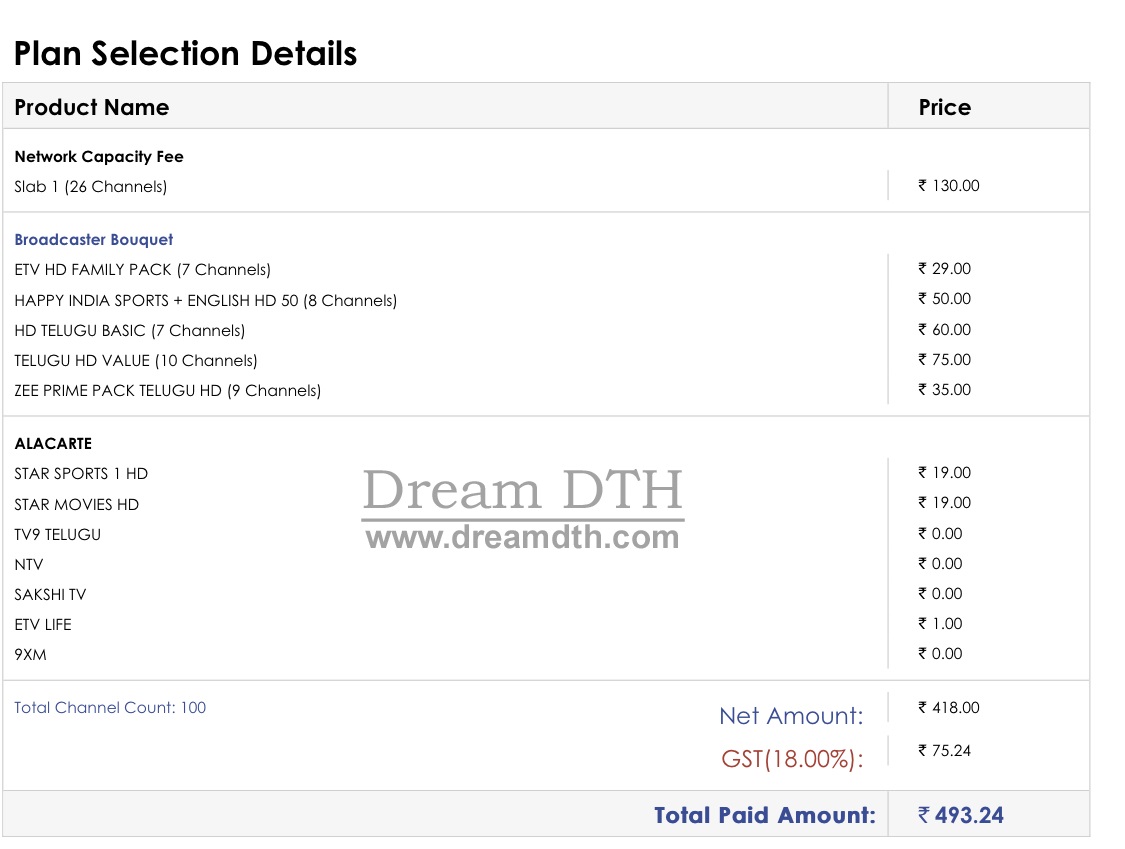
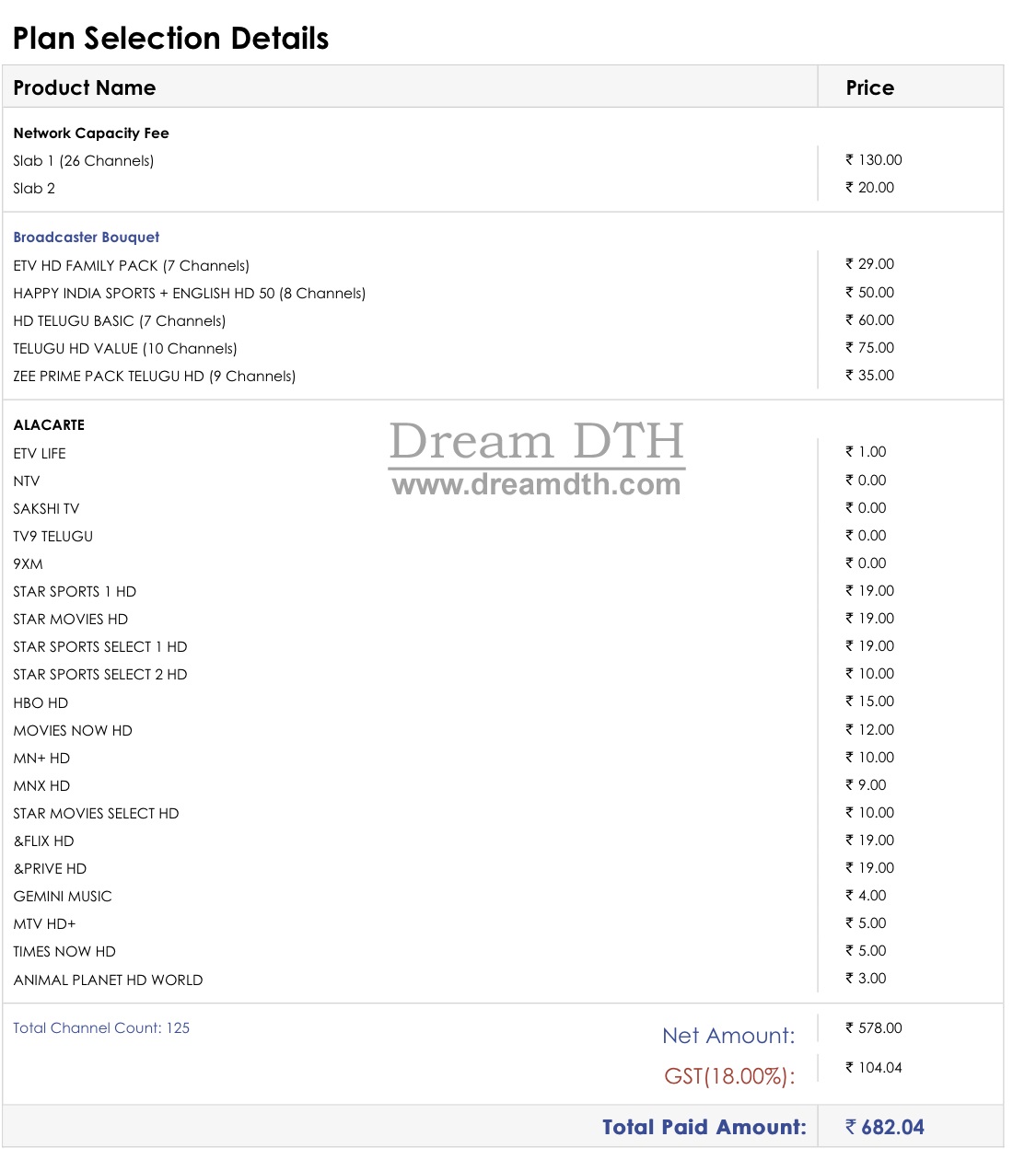
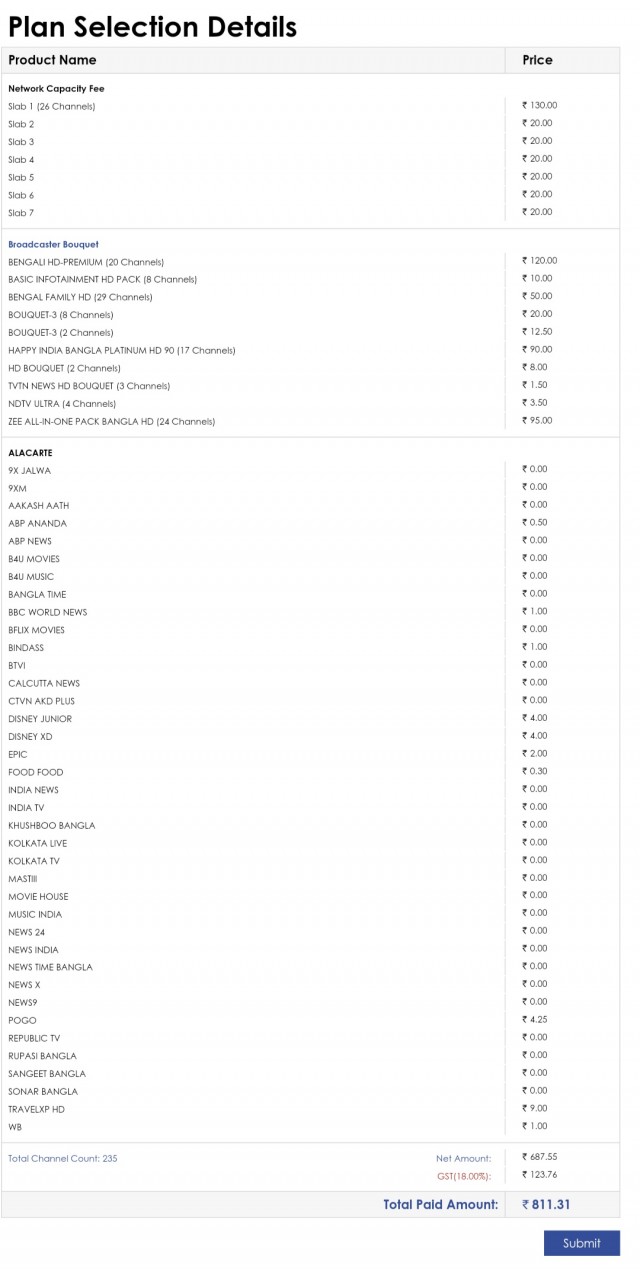
As you can see, this regime might be very useful for people who watch a very low number of channels and it costs a bomb for people who need everything. Anyway, though, it appears that TRAI does not want you to sit in front of the idiot box and rather spend your time doing something productive or with your family.
The Twist
There is a twist here though. The bouquets or packs which were mentioned above have a unique rule which no one is following. The rule states that the if the broadcaster or distributor offers any bouquet, the discounted price of the bouquet should not be less than 85% of the total price of individual channels.
- Let's take an example ;
- Channel A - 10
- 2 Channel B - 20
- 3 Channel C - 20
- 4 Channel D - 5
- 5 Channel E - 10
- 6 Channel F - 20
- 7 Channel G - 15
- Total = ₹100
Hence Bouquet(A+B+C+D+E+F+G) = ₹85(Max discount price)
This part of the rule, which is not being followed is because the Madras High Court put a stay order. The TRAI has now approached the supreme court to challenge the High COurt's order. It doesn't make any sense as the channel pack/bouquet which is being declared by the broadcasters right now are very cheap, as a result, the consumer will opt for the full pack instead of individual channels.
This totally defeats the purpose of what TRAI wanted to implement. We will wait and see whether the Supreme Court passes this part of the new rule. If it does get implemented, many channels will get shut down, acquired, consolidate. We'd say it's a win for a certain number of consumers.
Meanwhile, have a look at our picks for the best phones of 2018.
What's your opinion? Comment down below. Do you agree with the TRAI's new rules?

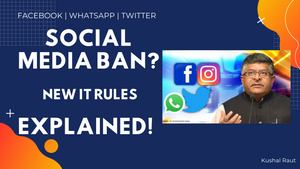




Comments